Often, young parents, having found themselves in a situation where a child has a temperature of 39, without cold symptoms, panic. There are many reasons for the increase in this physiological indicator. Let's consider the situation in detail and highlight its reasons.
Temperature 39 in a child without symptoms - causes
In order to determine exactly why a child has a temperature of 39 without symptoms colds, it is necessary to analyze the situation. To begin with, mom must completely eliminate the likelihood of ARVI. Runny nose, nasal congestion, sneezing and coughing appear 2-3 days after infection. Given this fact, if there was contact with a sick person, or someone is sick in the house, then the child is likely to have the disease.
It is worth noting other situations when a child may have a temperature of 39 without any symptoms:
- Heatstroke. As a result of prolonged exposure to direct sunlight in the summer, in the absence of a hat, there is a possibility. The condition is accompanied by headache, nausea, and sometimes loss of consciousness.
- Infectious diseases. Disorders such as chickenpox, mumps are recorded in children. In this case, the fever is observed for 1-3 days, after which additional signs appear, the most striking of which is a rash.
- Teething. This process is painful and excruciating for most babies.
- Stomatitis. Inflammatory process in the oral mucosa often begins with a rise in temperature in the crumbs.
- Disease of the urinary system. Often, the urinary tract itself becomes the gateway for pathogenic microorganisms.
The child's temperature is 39 without signs of a cold
A high temperature 39 in a child, without symptoms, can be observed with different localization of the pathogen. The most favorite pathogen sites are:
- Throat and mouth. In this case, pharyngitis, tonsillitis develops. When examining the throat, mom can detect a whitish bloom, papules.
- Hearing aid. The defeat of this system explains the situation when the child's temperature rose to 39 without symptoms. The baby becomes restless, often cries, clings to the ear.
- Damage to the skin. Sudden exanthema (roseola) occurs in babies 9 months - 2 years old. The temperature can be kept for 3-4 days. Does not require special treatment. A small rash is fixed on the surface of the body, which itself is eliminated after 4-5 days.
The child has a temperature of 39 without symptoms for a week
When a child has a temperature of 39 without other symptoms lasts more than 5-7 days, it is worth excluding the stress factor. The nervous system of babies is designed in such a way that even a small experience can lead to a change in this parameter. The likelihood of developing such a phenomenon increases in those children who have undergone complications in the process of birth. Parents of babies are notified in advance of such a possibility, so they try not to expose the small body to stress.
Temperature 39 in a child - what to do?
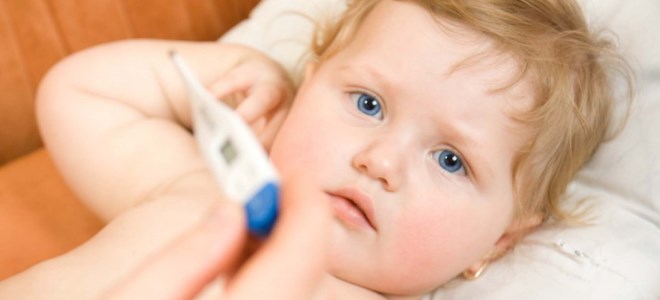
If an infant has a temperature of 39, the mother does not know what to do and how to deal with him, it is necessary to call an ambulance. Babies do not tolerate heat well, their body is quickly dehydrated, which can lead to disruptions in the functioning of organs and systems. Do not wipe with alcohol solutions, apply cold. While waiting for the arrival of the ambulance team, mom should give drink and monitor the condition of the baby. To improve the thermoregulation process, it is advised to completely undress the baby, remove the diaper. Harsh temperature 39 in a child, without symptoms, it happens with viral diseases.
Do I need to bring down a high temperature in a child?
Most children's doctors are of the opinion that it is not worth reducing the temperature indicator to 38. But the situation is completely different when a one-year-old child has a temperature of 39 without symptoms of the disease. In this case, taking antipyretics is necessary. In addition, the purpose of these medicines children are talking about:
- temperature over 38 in babies under 3 years old;
- violation of respiratory processes;
- the presence of febrile seizures (muscle contractions against a background of temperature);
- loss of a large volume of fluid (diarrhea, vomiting).
How can you bring down a high temperature in a child?
When a child has a temperature of 39 without symptoms, the permissibility of using certain medicines is discussed with the doctor. It is not always possible for a mother to take her child to a pediatrician. Directly in such cases, parents think about the question of how to quickly bring down a high temperature in a child. Among the available methods are:
- Ventilation of the room. A decrease in the temperature of the air inhaled by the baby leads to an increase in the intensity of heat transfer processes. As a result, there is a decrease in the temperature of the skin. The optimal air in the room is 20 degrees.
- Air humidification. The body's fluid loss will increase when dry air is inhaled. The solution is a humidifier.
- Drink plenty of fluids. A large volume of liquid drunk helps to relieve intoxication. Better to use fruit drinks, water, compotes.
- Restriction of physical activity. Young children, even at elevated temperatures, can remain active and mobile. Offer your child some quiet activities: read, draw.
Antipyretic drugs for children
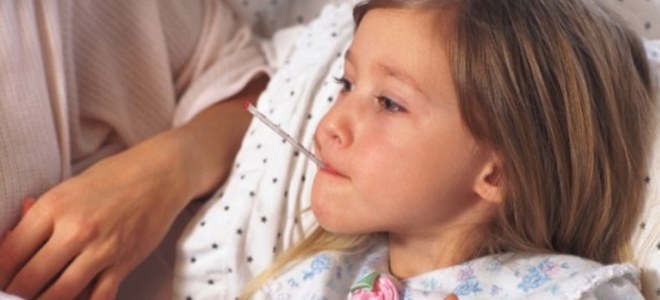
Even in cases where the child's temperature is 39, without symptoms and signs of a cold, it is necessary to give him an antipyretic agent. The drugs allowed for children include:
- (Panadol, Efferalgan). Simultaneous administration of the drug reduces the temperature indicator by 1-1.5 degrees.
- Ibuprofen (Nurofen, Ibufen). Has a more pronounced effect. Reduces temperature quickly.
The most common reasons for a child's temperature rise to 39 degrees are the following diseases:
- infectious diseases;
- acute inflammatory diseases;
- tumors.
Infectious diseases
One of the most frequent reasons, when a temperature of 39 is noted in a child 1.5-2 years old, there is roseola, or sudden exanthema. The disease is characterized by an acute onset with an increase in temperature and the absence of additional signs.
In some patients, on physical examination, there is an increase in the cervical lymph nodes.
The child has a temperature of 39 for 4-5 days, after which a pink rash appears on the body. At the same time, the patient's condition is disturbed slightly. After a few days, the elements of the rash regress without leaving traces.
Among infectious diseases with a temperature of up to 40 degrees, meningococcal infection occurs, characterized by airborne transmission. Meningococcal sepsis, or meningococcemia, has an acute onset with chills, fever up to high numbers, intense headache.
A few hours later, a hemorrhagic rash appears on the patient's body.
Rashes can be in the form of small stars and large hemorrhages up to several centimeters in diameter.
Clinical manifestations are also characterized by the presence of motor excitement, seizures.
In some cases, meningococcemia is combined with meningitis, which manifests itself as neurological symptoms: 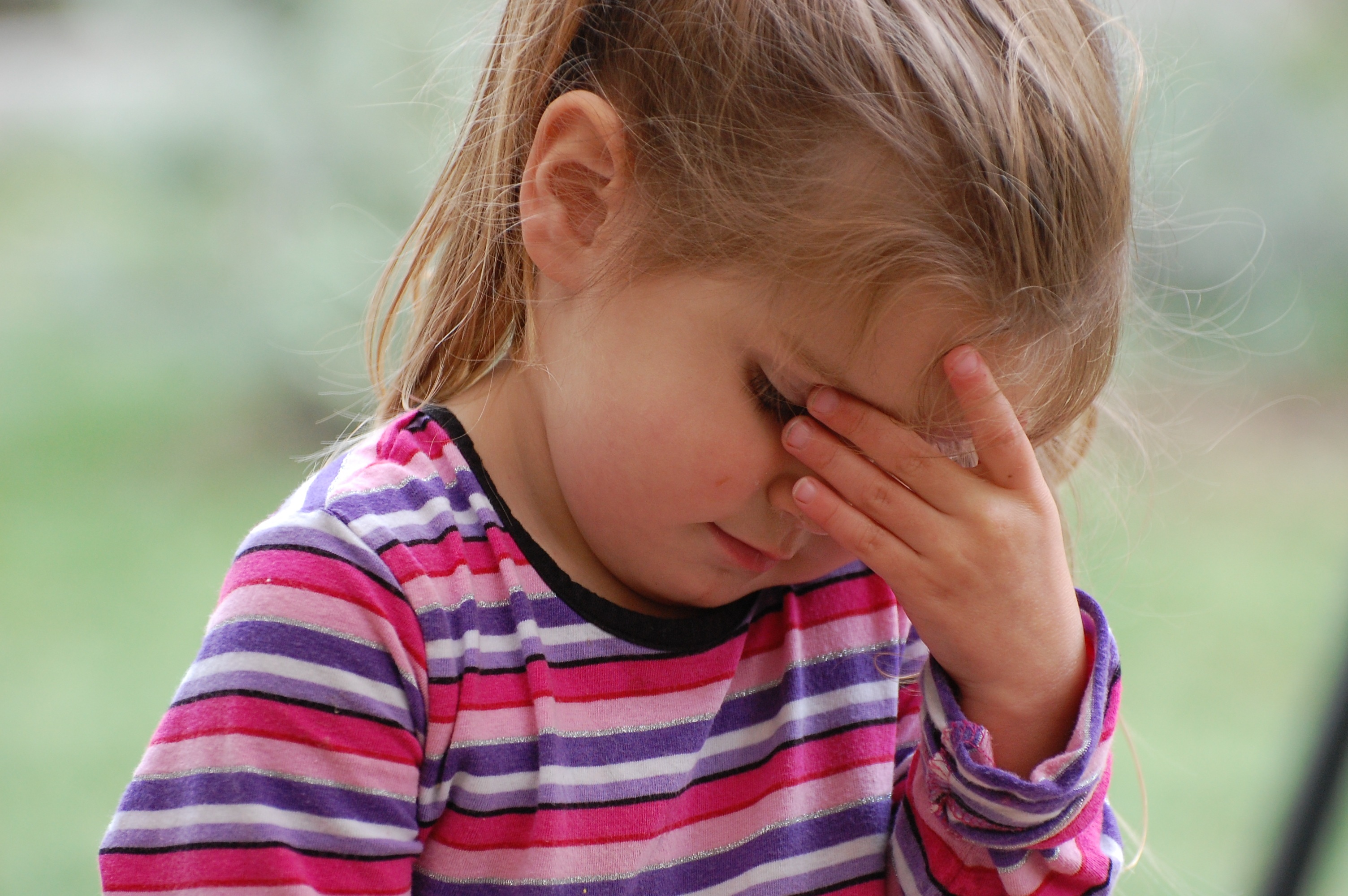
- stiff neck muscles;
- severe headache;
- the presence of vomiting, not accompanied by nausea;
- confusion of consciousness;
- delirium;
- convulsions;
- tremor;
- hearing impairment, vision.
The disease is extremely difficult. A complication can be infectious toxic shock, cerebral edema. If antibiotic therapy is started untimely, a lethal outcome is not excluded.
After suffering a meningococcal infection, patients are under dispensary supervision by a pediatrician and a neurologist for several years.
The presence of a temperature of 39 for several days in a child is quite often noted with the development of childhood infections, chickenpox, measles, scarlet fever, and infectious mononucleosis... As for rubella, it usually occurs at lower temperatures. All childhood infections are characterized by the presence of a pathognomonic rash, which makes it possible to diagnose, relying only on the data of an objective examination.
A combination of a temperature of 39 and diarrhea in a child is usually a symptom of intestinal infections. With salmonellosis, in addition to an increase in temperature to 40 degrees, there is a watery fetid stool up to 10-15 times a day. The pathogen enters the body along with contaminated food, in which it can persist for a long time, and even multiply in milk and meat.
The disease develops acutely, with abdominal pain, nausea, vomiting, and intoxication. Diarrhea appears after a few hours. The disease does not respond well to antibiotic therapy, therefore, in the first hours of the height of the disease, it is very appropriate to wash the stomach. Further therapeutic measures are aimed at combating dehydration.
Among the intestinal infections that most commonly affect children, rotavirus disease is the most common. Diarrhea is the leading symptom. As for the temperature indicators, they are usually within the subfebrile numbers. Only with a severe course or the addition of a concomitant bacterial infection can a temperature rise of up to 39 degrees be noted. At the same time, the nature of the stool also changes, in which impurities of blood and mucus appear, as in dysentery.
Acute inflammatory diseases
 Among the acute inflammatory diseases, accompanied by a temperature of 39 in a child, throat diseases are very common.
Among the acute inflammatory diseases, accompanied by a temperature of 39 in a child, throat diseases are very common.
Acute pharyngitis, tonsillitis are characterized by the presence of a sore throat, pain, aggravated by swallowing. For the diagnosis of the disease, the data of an objective examination are important, which make it possible to determine the localization of the pathological process and its signs (the degree of hyperemia, the nature of the inflammatory elements).
Temperature 39 in a child at the age of 1 year may be due to the development of acute stomatitis, especially its herpetic form. At the same time, the child is capricious, refuses to eat. When examining the oral cavity on the tongue, mucous membranes, rashes are found. Increased salivation is characteristic. In addition to using anti-inflammatory and antiseptic medications, it is important to stick to a diet that limits food that is too hot, acidic, or hard.
With a symptom, when the child's temperature is 39 for more than 3 days, acute otitis media occurs, which is characterized by pain in the ear, sometimes of a shooting character, radiating to the head, teeth. In newborns and infants, the disease is difficult to diagnose, since it manifests itself only elevated temperature body. The presence of acute otitis media is often indicated only by the appearance of suppuration.
If symptoms appear, when the child reaches for the affected organ, rubs his ear against the pillow, it is necessary to consult an ENT doctor, since this pathology can be complicated by cicatricial changes in the eardrum and hearing loss. Another typical symptom of acute otitis media in newborns is the baby's refusal to breastfeed. This fact is due to the fact that during the sucking movements, the pressure in the middle ear increases, and, therefore, the pain sensations increase.
A temperature of 39.5 in a child without symptoms can characterize acute inflammatory kidney disease. Often, hyperthermia is the only sign of this pathology. Some patients complain of painful urination, frequent urge, nocturnal diuresis, facial swelling, sweating. For the diagnosis of the disease, it is important general analysis blood, allowing you to detect an increased number of leukocytes, indicating the inflammatory nature of the disease.
The presence of a temperature of 39, which does not go astray for several days in a child, may indicate the development of pneumonia. The causative agents of this disease are various bacteria, viruses, fungi. In addition, pneumonia is divided into focal and lobar. As a result, the disease is characterized by different clinical manifestations, course, approaches to treatment. In addition to hyperthermia, an additional symptom is a cough, usually dry or with mucopurulent sputum. In some cases, there is pain in chest with a deep breath or cough.
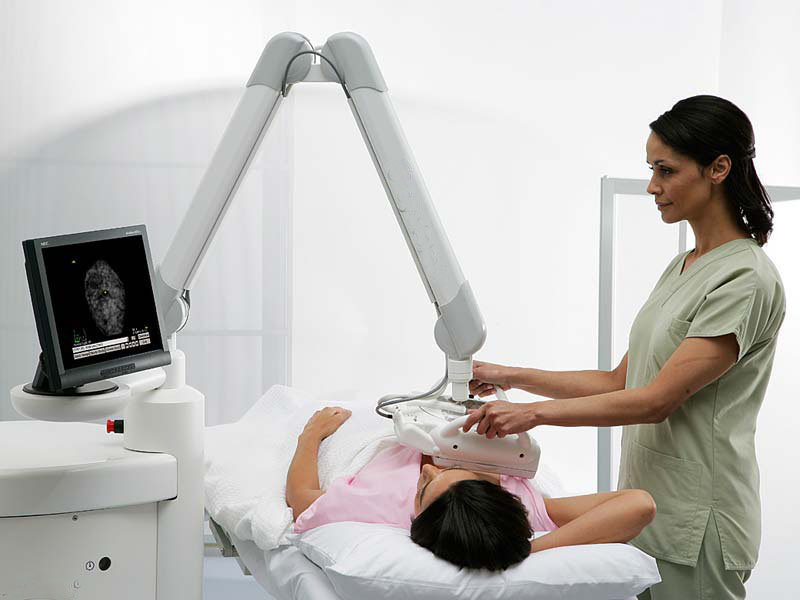 Diagnosis of the disease is based on the results of an X-ray examination, which, in addition, allows to exclude the tuberculous nature of the disease, acute bronchitis or pleurisy.
Diagnosis of the disease is based on the results of an X-ray examination, which, in addition, allows to exclude the tuberculous nature of the disease, acute bronchitis or pleurisy.
Oncological pathology
Each malignant tumor process in the body is characterized by
- loss of appetite, and as a result, weight loss;
- increased fatigue;
- pallor of the skin;
- an unexplained rise in temperature.
In children, these signs can be erased. In addition to these general signs, each pathology is characterized by its additional symptoms, depending on the location and nature of the lesion. Despite the fact that hyperthermia rarely reaches high numbers, any unexplained increase in temperature, combined with weakness, malaise, should alert parents and become a reason for additional examinations.
Early treatment can significantly improve the prognosis of these serious diseases.
Healing activities
According to the actively practicing pediatrician Komarovsky E.O., at a temperature of 39.5, the child has the following procedure aimed at normalizing temperature indicators:
- Drink plenty of fluids to the patient;
- Providing comfortable conditions conducive to increased heat transfer by the body (cool room, light cotton pajamas);
- Carrying out rubdowns with water, which enhance the evaporation of liquid from the surface of the skin, and hence heat transfer.
In many cases, these physical efforts can reduce the temperature by 0.5-1 degrees, which can improve the child's condition. In the event that these measures were not enough, antipyretic drugs are used. In children, paracetamol and ibuprofen are preferred. Depending on the patient's age, convenience, the presence of additional symptoms, the drugs used may be in the form of tablets, syrup, suppositories or injection solutions.
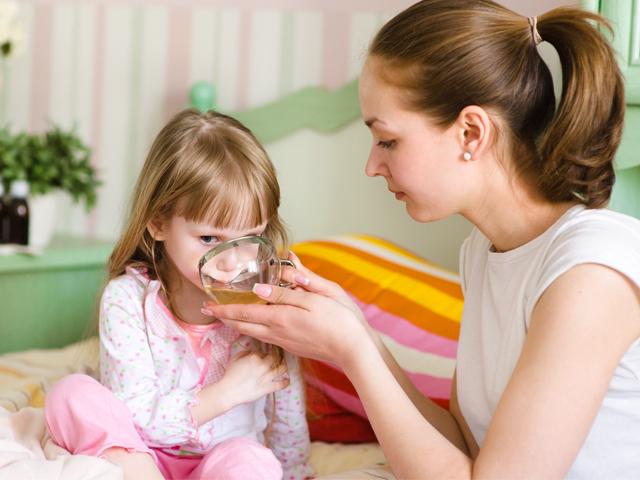 Preparations in the form of injections have the fastest action, followed by syrups. In the presence of vomiting, or in cases where it is necessary to ensure the longest possible effect of the antipyretic agent, rectal suppositories are used. The presence of a temperature in a child above 38 -39 degrees is an indispensable condition for consulting a pediatrician, as well as the appearance of additional symptoms of vomiting, diarrhea, neurological disorders even at lower temperature indicators. Correct treatment started on time contributes to the fastest recovery.
Preparations in the form of injections have the fastest action, followed by syrups. In the presence of vomiting, or in cases where it is necessary to ensure the longest possible effect of the antipyretic agent, rectal suppositories are used. The presence of a temperature in a child above 38 -39 degrees is an indispensable condition for consulting a pediatrician, as well as the appearance of additional symptoms of vomiting, diarrhea, neurological disorders even at lower temperature indicators. Correct treatment started on time contributes to the fastest recovery.
Hello everybody!
The child has a temperature of 39.2 for the second day, in the daytime I knock it down to 38.4, the doctor prescribed paracetamol (in candles), said that if there is a temperature, he should do it 3 times a day and drink more, nothing more.: 027: But I still rubbed my son and compresses did, but everything is equal. I just gave him paracetamol. rubbed and laid his sleeves, I still hope to sleep until morning.
Anyone else can advise something?
Warming compresses and rubbing at a temperature is prohibited!
I diluted the water with vinegar.
Surely the doctor has not prescribed any treatment for you, the child is quite small.
Better just hot water, not rub, but wipe the arms and legs.
And even then only if the temperature does not go astray. And suddenly it gets confused, then it is not necessary, for which the child should once again expose not very pleasant procedures. If paracetamol does not knock us down, we are assisted by children's nurofen. And what was the diagnosis? ARVI?
Here the doctor already answered, I quote:
What to do at temperature
Just in case, once again about how to lower the temperature, and not harm the child along with this:
Two drugs are approved by WHO to lower the temperature:
Paracetamol (Efferalgan, Panadol, Tsefekon D) is given at the rate of 15 mg / kg as a single dose, up to 4-5 doses per day in 4-5-6 hours.
Iburofen (Nurofen, Burana, Ibufen) is given at the rate of 10 mg / kg in a single dose no more than 3-4 times a day every 6-8 hours.
Doses of all drugs in pediatrics are calculated only by weight, age is a very approximate indicator, since at 2 years old a child can weigh both 10 and 16 kg.
For example, a child weighing 10 kg needs 15x10kg \u003d 150mg paracetamol and 10x10kg \u003d 100mg nurofen.
Smaller doses will not be effective.
Lowering the temperature for 1.5 hours per degree is considered effective. The temperature rarely drops to normal. The essence of the antipyretic is not to lower the temperature to normal, but to reduce it to numbers that are comfortable and reliable in case of illness.
There is no information that a decrease in temperature affects the course of the disease, the timing of recovery and the development of complications - antipyretics are just masking therapy.
There is no information that heat it can somehow very badly affect health, temperature is just a protective reaction of the organism itself.
For a child who does not have epilepsy, convulsive syndrome, heart defects, temperatures up to 40.5 degrees are reliable.
Aspirin should not be given at a temperature to children under 12 years of age due to the possibility of bleeding and other complications.
Analgin is prohibited for use in all states, except Russia, due to its negative effect on hematopoiesis. In Russia, it is used, a single injection is possible with persistent fever, but it is categorically impossible to take it invariably.
Corvalol and valocordin contain phenobarbital. Phenobarbital cannot be combined with paracetamol due to a pronounced increase in the toxicity of both drugs.
With a fever, the child should drink enough fluids - at the rate of approximately 120 ml of water per kg of body weight per day (a 10 kg child should drink 1200 ml of water per day).
__________________
Kovalev Valentin Sergeevich, pediatrician, infectious disease specialist.
Almost relatively not so long ago, we also experienced the most, this is a virus. the pace was kept for 3 days and did not go astray. On the third day, a cough and snot appeared.
Get well.
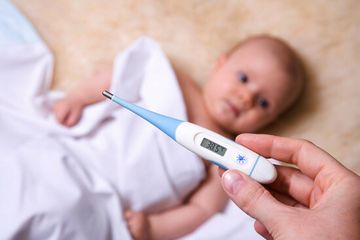
In case it is ARVI, the temperature will stay for three days, so hold on! It was already recommended to shoot down here with paracetamol and nurofen, rubdowns, and a very plentiful drink. If the arms and legs are cold at the temperature, then there is a vascular spasm, and antipyretics will be ineffective, you need to warm the limbs or drink 1/4 of the no-shpy. Do not be alarmed or nervous, I understand your condition: the child is small and the temperature is like this for the first time. But I assure you that it will not be the last;). In general, it's not as scary as you think. Call an ambulance if the temperature does not drop by and large. But I don't see any circumstances to panic, the doctor was there, he didn't notice anything terrible. Get well soon! @@@@@@@@@@@
Specifically, those members of the forum are right who write that you need to adhere to the treatment prescribed by the doctor. On the forum, perhaps, you need to share experiences, and not methods of treatment.
Our experience of knocking down the temperature as such (temperature both during teething and ARVI). We do not knock down to 38-38.5. If the temperature is higher, then put the Eferalgan candle. In most cases, it helps, but a couple of times it was that the temperature was 39-39.5 and 1.5 hours after the end of the candle it did not drop. Twice they called the children's ambulance, outlined the situation, but they said to give 1/4 of a pill of analgin (crush with water) and after a minute a few drops of Corvalol. If the temperature does not subside, then call the ambulance again. I didn't have to call again, because the temperature dropped. The third time and did not call, the procedure was repeated. But I believe that quite often it is forbidden and all this happens with the obligatory call of the doctor and the appointment of treatment. A couple of times it was wiped with water and vinegar, it also helps, but we do not abuse it.
A few days ago we experienced the same. 3 days temp. 39.5. She gave paracetamol in syrup. By the way, it is imperative to remove the diaper. So the ambulance said. At the same time, we were treated. For 1 day I missed the temperature and it increased to 40, at the end of paracetamol it did not go astray and rose to 40.3. I called the ambulance, they said to give 1/4 analgin + 1/2 noshpy (it relieves vasospasm with cold hands and feet). They told me to call, report on how things are going (I didn't ask to come, they were listening to the lungs that evening, because I was afraid of pneumonia) In 40 minutes. pace. decreased. Do not cover with a hot blanket.
we have had a temperature for 3 days, 38.8, although now it has gone to a decline, until 37, nothing got lost, nurofen helped a little, but paracetamol-containing ones didn't.
It's great that the baby is on the mend! keep it up!
And the way out is simple, in case someone collides (or collides). Take a simple paracetamol in pills and carefully calculate, in accordance with how fast your baby needs the drug and how much it is in the tablet, that part of the tablet that needs to be broken off, crumbled and given with a small amount of water! And all business. And you don't need to poison the child with syrup flavors and, if you wish, savings :)
it is easier to put a candle in the ass :) is installed, it acts more optimally and faster, since it is absorbed better through the rectum, and it does not spoil the stomach. The only thing is that with diarrhea, unfortunately, they are ineffective.
We also suffered a week ago with a large, not well-knocked down temperature up to 40 ((
The candle did not help, they knocked it down with Nurofen, took off the diaper (he sleeps with us, so imagine what happened, waterproof sheets did not help out)
At a time when the temperature began to rise near the steppe, the limbs were freezing and shaking nothing, they warmed up the arms and legs. but did not hide. I had to drink an antibiotic, because at the end of 3 days there was no positive trend. The elder one had had the same illness before that, only after 5 days, I also had to give an antibiotic.
Other manifestations - only reddish throat and stuffy nose without snot
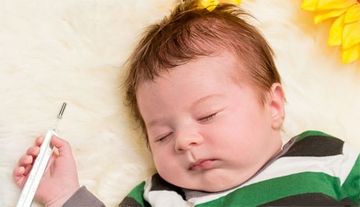
Hooray! We have already recovered. support: A day ago there was no temperature at night and now it was not, pah-pah. We also went for a walk outside, though at the time when we walked in that direction, we got stuck in the elevator, 40 minutes. stayed there: wife:
Mom tells me that the temperature could have been due to the teeth, but I don't think we already have 6, at the bottom 2 and at the top 4. Most of the temperature at the time when the first climb, and even then we did not have it.
how many times I've written here, and I'll write again. donate urine when the temperature rises. watch out for pyelonephritis, it is quite common.
And Nurofen helped us, for 3 days the temper was dozing, though it was sprinkled on the belly and back, or sweat, or on medications, syrups.
What taste did you give Nurofen? I only give with orange. The pediatrician prevented us by the fact that with strawberry flavor, very allergenic, almost all children have a rash on it.
i don't remember which one we have, in my opinion, with strawberry. Isn't an orange on the list of allergens? in the same place where honey, nuts and other delights are) :) :) :) we give Nurofen, he helps for a longer time. and faster. also here comparatively not so long ago they had temperature. I didn't give it during the day - it stayed in the region of 37.5. and at night I feed, watch - as warm as the stove has become. I measured it with a pacifier-thermometer - there it ran to 39, I didn't look any further, I gave Nurofen. so she, poor thing, did not have the opportunity to fall asleep until the temperature fell asleep. already 3 nights in a row. also the chair became more frequent - up to 5 every day. and later, on the 4th day, everything went away as if by hand, besides there was no rash (we had already had roseola once)
All the same symptoms - tempera. cough. The district police officer did not really say anything. She brought me to a paid doctor, she says, the flu, you already have 84 for today. There is an epidemic in the city. In our district, 4 schools have already been quarantined. The worst thing is, at the time when I called the Research Institute of Influenza, there is a GOOD uncle who said, yes, it's swine flu, half the city is sick with it at the moment. The paid doctor said - It is imperative to give antiviral - arbidol or Viferon suppositories, it is imperative to listen to the lungs, the flu can cause complications for 7-10 days. For cough - the root of Althea (it goes as an antiviral), but you can't find it in pharmacies, Arbidol was also, by the way, dared. Perhaps lazolvan, well, I also appointed anyone, I will not write, since the doctor must constantly prescribe treatment. It's just that I have such information. In a family, three children are equally ill. At the age of 13, she does not bear very easily. average 3.9, three nights awake, I hope it will be better now. The youngest is 2.3, the temperature is less than 38 does not go astray, at the moment I went to bed with 39, I will be on guard at night, in case there is one result, an ambulance.
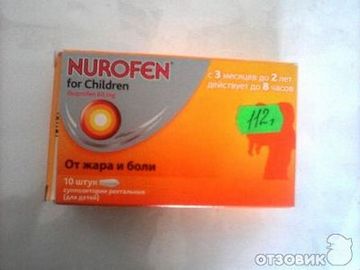
If I get up again before 39, I called an ambulance.
